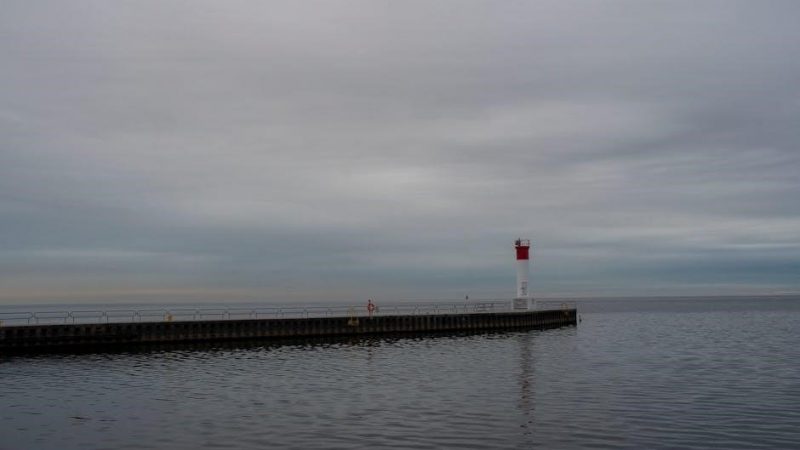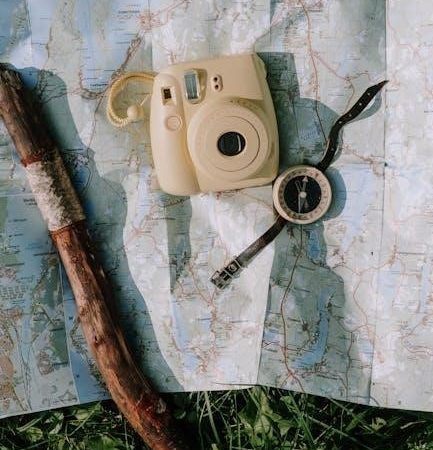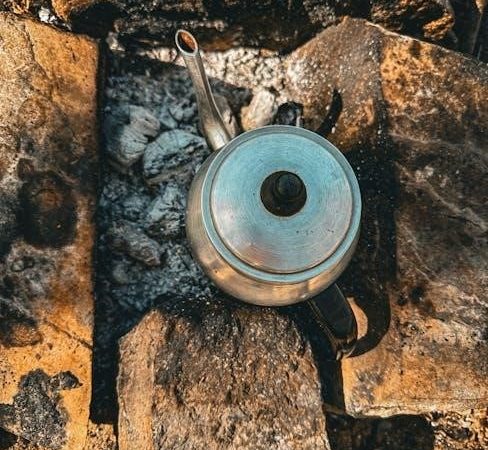how much do you tip fishing guides

Tipping fishing guides is a standard practice, showing appreciation for their effort and expertise. A typical gratuity ranges from 15% to 20% of the total cost, with daily tips for lodge guides often being $40-$60.
1.1 Why Tipping is Important in the Fishing Industry
Tipping fishing guides is a standard practice that reflects appreciation for their hard work and expertise. Guides often rely on tips as a significant portion of their income, as their earnings may vary depending on the season and client base. A fair tip acknowledges the guide’s effort to ensure a successful and enjoyable experience. It also incentivizes guides to go above and beyond, providing exceptional service and knowledge. Tipping fosters a positive relationship between the guide and client, creating a mutually beneficial interaction. By showing gratitude through a tip, you recognize the guide’s dedication to making your fishing trip memorable and productive.
1.2 Overview of Standard Tipping Practices
Standard tipping practices in the fishing industry vary slightly by region and service type. For most charters, a tip of 15% to 20% of the total trip cost is customary. In lodge operations, daily tips of $40 to $60 per guide are common. These amounts reflect the guide’s effort, expertise, and the quality of service provided. Tipping is typically given directly to the guide or split among the crew, depending on the setup. Consistency in tipping throughout the trip is appreciated, especially in multi-day charters. This practice ensures that guides feel valued for their continuous dedication to enhancing your fishing experience.
Standard Tipping Rates for Fishing Guides
Standard tipping rates for fishing guides typically range from 15% to 20% of the total charter cost. For lodge operations, daily tips of $40 to $60 are customary.
2.1 Average Tip Percentage: 15% to 20%
The standard tip percentage for fishing guides is between 15% to 20% of the total charter cost. This range reflects the industry standard, ensuring guides are fairly compensated for their efforts. For example, on a $500 charter, a 15% tip would be $75, while 20% would be $100. This percentage-based approach allows tipping to scale with the cost of the service, making it equitable for both clients and guides. Consistency in this range helps maintain quality service and ensures guides are recognized for their expertise and hard work throughout the fishing experience.
2.2 Daily Tip Amounts for Lodge Operations: $40-$60 Per Day
For lodge-based fishing operations, a daily tip of $40 to $60 per day is customary. This amount is typically given directly to the guide and is separate from any gratuity included in the lodge package. The daily rate reflects the guide’s dedication and effort, ensuring a fair compensation for their services. It’s recommended to tip throughout the stay rather than waiting until the end, as this shows appreciation for each day’s efforts. This practice is particularly common in regions like Alaska, where fishing trips often involve multiple days and intensive guiding services.
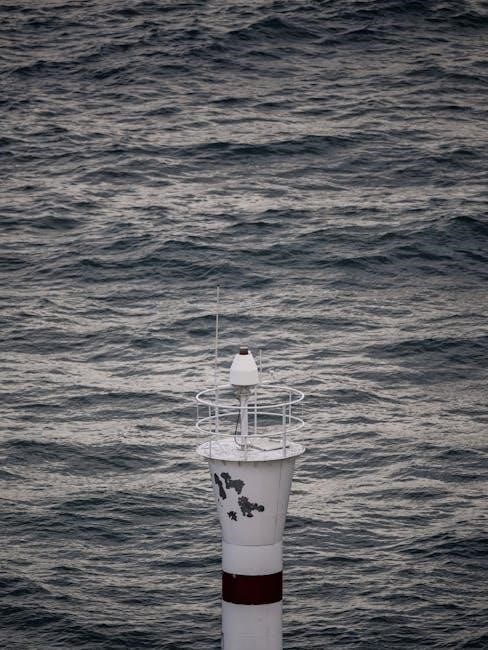
Factors Influencing Tip Amounts
Tip amounts for fishing guides are influenced by charter duration, guide expertise, and group size. Longer trips, skilled guides, and larger groups often warrant higher tips for exceptional service.
3.1 Duration of the Fishing Charter
The length of your fishing trip significantly impacts the tip amount. Longer charters require more effort and resources from the guide, often justifying a higher tip percentage. For example, a full-day trip lasting 8-10 hours may warrant a larger gratuity compared to a half-day trip. Additionally, multi-day excursions or overnight trips should be considered when calculating the total tip, as guides may be working extended hours without additional compensation. Recognizing the time invested ensures fair compensation for their dedication and service throughout the entire duration of your fishing experience.
3.2 Guide Experience and Expertise
A fishing guide’s experience and expertise significantly influence the tip amount. More experienced guides often provide better service, ensuring a successful and enjoyable trip. Their knowledge of fishing spots, techniques, and handling challenging situations can greatly enhance your experience. Recognizing their skill and dedication with a larger tip is appropriate, as it reflects the value they bring to your outing. Tips for highly skilled guides may exceed standard rates, especially if they consistently deliver exceptional results. This ensures they feel appreciated for their hard work and expertise in making your fishing trip memorable and productive.
3.3 Size of the Fishing Group
The size of the fishing group can influence how tips are distributed. In larger groups, the total tip is often split among participants, reducing the individual contribution. However, the total amount should still reflect the guide’s effort and service quality. For example, in a group setting, each person might contribute a smaller portion, but the combined total should meet or exceed standard tipping expectations. This ensures fairness and recognizes the guide’s work in managing a larger group. Clear communication within the group about splitting the tip is essential to avoid under-tipping and ensure everyone contributes fairly.
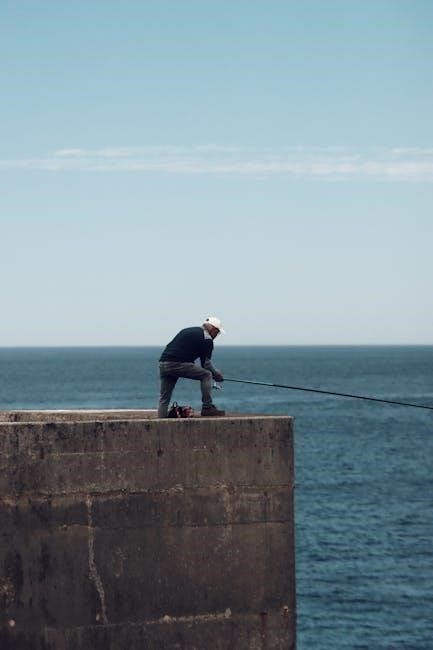
When to Tip Beyond the Standard Rate
Tip beyond the standard rate for exceptional service, challenging conditions, or private charters. Recognize outstanding effort with a higher gratuity to show appreciation for exceeding expectations.
4.1 Exceptional Service or Success
Exceptional service or success, such as landing a trophy fish, warrants a higher tip. Guides often go above and beyond, ensuring memorable experiences. Recognizing their dedication with an increased gratuity is appropriate. If the guide’s expertise led to a successful catch, consider tipping 20% or more. Their hard work and knowledge significantly contribute to your achievement. Acknowledging their efforts with a generous tip reflects gratitude for their role in your success. This ensures they feel valued and motivated to continue providing outstanding service. Exceptional outcomes deserve exceptional recognition, reinforcing the positive relationship between angler and guide.
4.2 Challenging Fishing Conditions
Challenging fishing conditions, such as rough weather or difficult locations, often require extra effort from guides. Their ability to adapt and ensure a successful trip despite obstacles deserves recognition. If the guide navigates harsh conditions effectively, consider increasing the tip to reflect their hard work. For example, if the standard tip is 15%-20%, you might increase it to 20%-25% for exceptional effort. This acknowledges their dedication and skill in overcoming challenges. Such situations highlight the guide’s professionalism and commitment, making a higher tip a fitting way to express appreciation for their perseverance and expertise in adverse circumstances.
4.3 Private or Specialty Charters
Private or specialty charters often involve personalized service and tailored experiences, warranting a higher tip. These trips typically require more planning and effort from the guide to meet specific client needs. For such charters, tipping 20%-25% or more is appropriate, reflecting the customized attention and expertise provided. Additionally, if the charter includes unique activities or specialized knowledge, the tip should acknowledge the guide’s extra effort. This ensures that their dedication to creating a memorable experience is recognized and rewarded, aligning with the value received from a bespoke fishing trip.
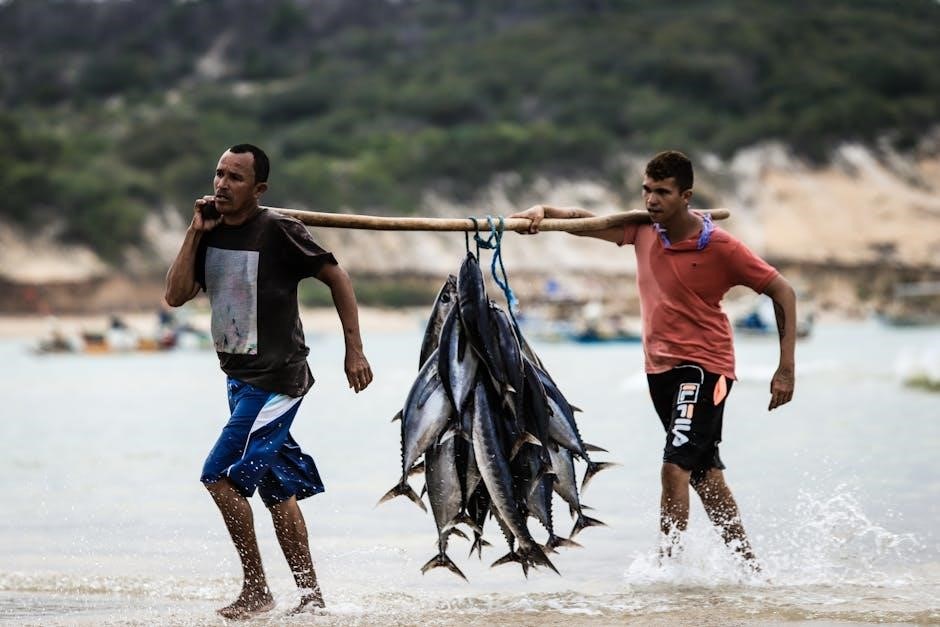
How to Tip Your Fishing Guide
Tipping fishing guides is typically done in cash, as it’s the preferred method. For lodge operations, tipping $40-$60 per day is standard, ensuring fair compensation for their efforts.
5.1 Cash Tips: The Preferred Method
Cash tips are the preferred method for showing appreciation to fishing guides. This ensures the guide receives the full amount immediately, without any processing delays or fees. Guides often rely on tips as a significant portion of their income, making cash the most direct and effective way to express gratitude. It’s also the most common practice, especially in lodge operations where daily tips of $40-$60 are standard. Cash tips allow for a personal and immediate acknowledgment of their hard work and dedication to ensuring a successful and enjoyable fishing experience.
5.2 Tipping via Credit Card or Check
Tipping via credit card or check is a convenient alternative to cash, especially for larger groups or pre-arranged payments. Many outfitters and lodges accept credit cards, allowing you to include the tip when settling the final bill. Checks are also an option, though less common. While this method is less immediate than cash, it ensures the guide receives the tip as part of the total payment. However, processing fees may apply, and the guide might not receive the full amount. Always inform the guide or outfitter in advance if you plan to use this method to ensure smooth processing.
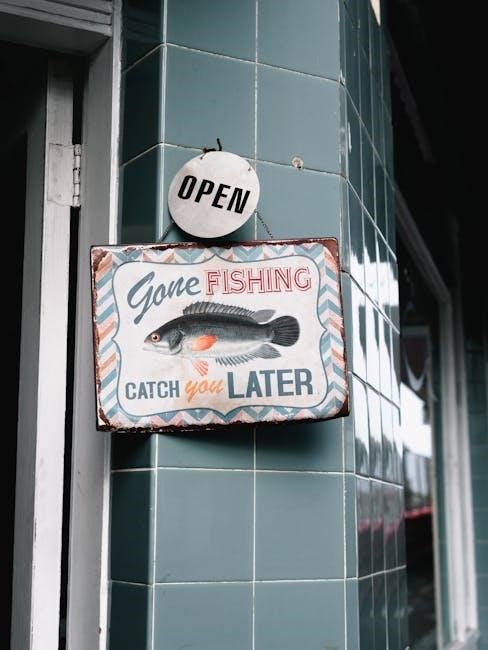
5.3 Splitting Tips in a Group Setting
In a group setting, splitting tips ensures fairness and shared responsibility. It’s common for groups to equally divide the tip amount among all members. For example, if the total tip is $100 and there are four people, each contributes $25. This method prevents confusion and ensures the guide receives adequate compensation. Discussing the split beforehand is essential to avoid disputes. The tip should reflect the group’s overall satisfaction with the service. By splitting evenly, everyone contributes fairly, making it a courteous and practical approach for shared fishing experiences.
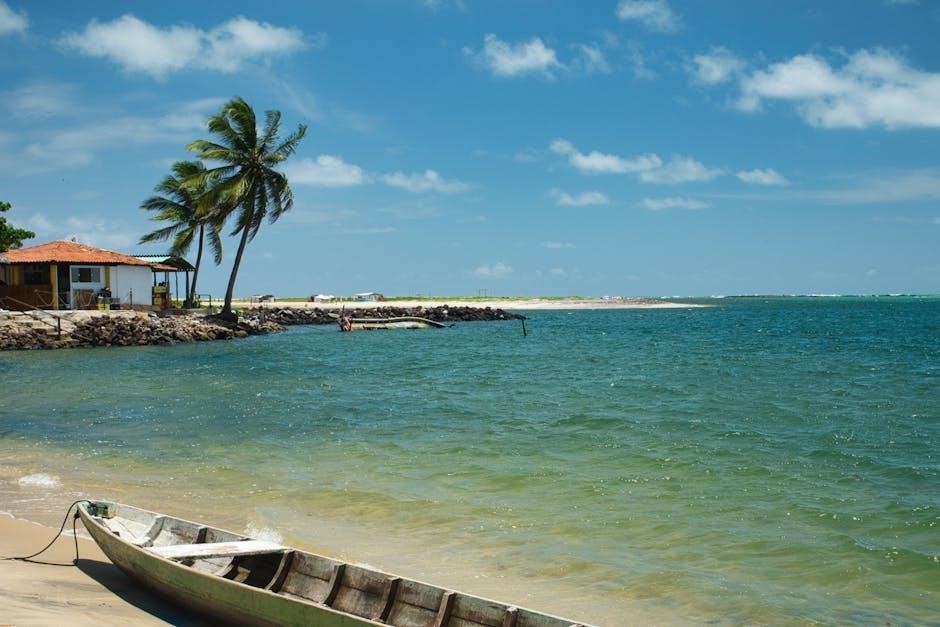
Etiquette for Tipping Fishing Guides
Present the tip directly to the guide, preferably at the end of the trip. Tipping earlier or throughout the week is also appreciated. Express gratitude verbally or through a heartfelt note to complement the monetary tip, showing sincere appreciation for their effort and expertise.
6.1 When to Present the Tip
The ideal time to present a tip to your fishing guide is at the end of the trip, allowing you to reflect on the overall experience. However, for multi-day charters, consider tipping throughout the week to show ongoing appreciation. This approach not only boosts morale but also acknowledges the guide’s continuous effort. Regardless of the timing, ensure the tip is handed directly to the guide, as this ensures they receive your gratitude personally. Verbal thanks or a heartfelt note can accompany the tip, enhancing its impact and expressing sincere appreciation for their dedication and expertise.
6.2 Tipping the Captain and Mate
When tipping, it’s important to consider both the captain and mate, as they work together to ensure a successful trip. Tips are typically pooled and split among the crew, so tipping the captain indirectly rewards the mate. For larger boats, a standard tip of 15% to 20% of the charter cost is appropriate, with this amount divided fairly. For multi-day trips, tipping $40-$60 daily ensures both the captain and mate are recognized for their efforts. Some anglers prefer to tip individually if one crew member goes above and beyond, but this is less common. Always clarify with the captain if unsure.
6.3 Expressing Gratitude Beyond Monetary Tips
While monetary tips are essential, expressing gratitude beyond them can mean a lot to fishing guides. Writing a positive review or providing feedback on their service is a thoughtful gesture. Referring friends or family shows trust in their expertise. Some anglers also appreciate public acknowledgment, such as sharing their experience on social media. Additionally, offering to help with small tasks during the trip, like cleaning gear, can demonstrate appreciation. These actions, while not financial, highlight your satisfaction and respect for their hard work, creating a positive and memorable experience for both you and the guide.
Regional Variations in Tipping Practices
Tipping practices vary by region, with Alaska often expecting higher gratuities due to its premium fishing experiences. Other areas may follow local customs or standard industry norms.
7.1 Tipping in Alaska: Higher Standards
In Alaska, tipping fishing guides often exceeds the standard 15-20% due to the state’s renowned fishing experiences and expert guides. Daily tips for lodge operations typically range from $40 to $60 per person, reflecting the premium service and challenging conditions. Anglers are encouraged to tip throughout the trip, not just at the end, to show appreciation for the guide’s effort. This practice ensures that guides are fairly compensated for their dedication and expertise in providing unforgettable fishing adventures in Alaska’s pristine waters.
7.2 Tipping in Other Regions: Local Customs
Tipping practices for fishing guides vary by region, influenced by local customs and economic factors. While the standard 15-20% tip is common in many areas, some regions may have different expectations. For example, in highly tourist-dependent areas, tips may be slightly higher due to demand, while in smaller, local fishing communities, the standard rate often suffices. Additionally, the type of fishing and the guide’s expertise can influence tipping norms. It’s always a good idea to inquire about local tipping customs with the charter company or locals to ensure you’re showing appropriate appreciation for your guide’s efforts.
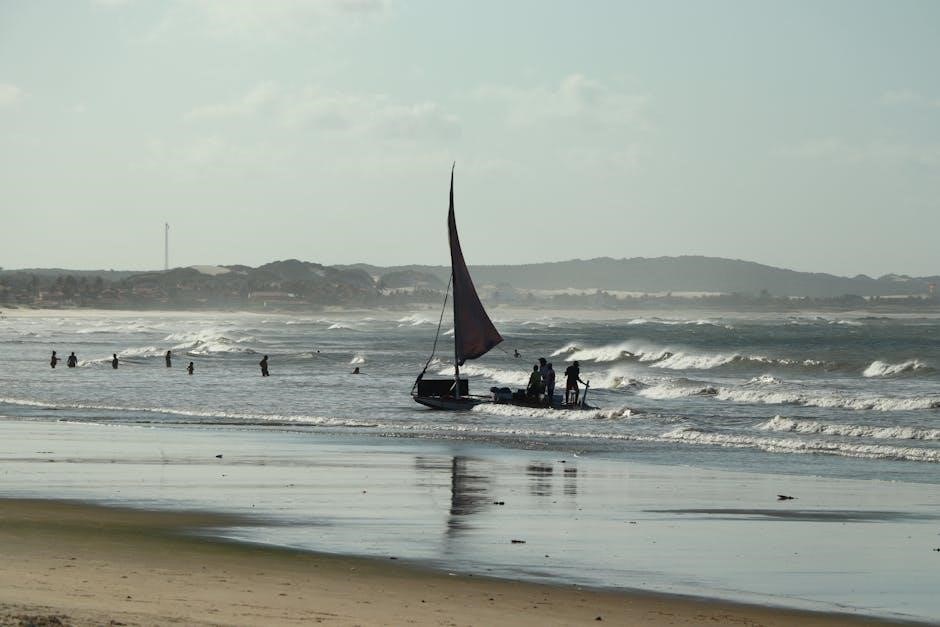
Budgeting for Tips When Planning a Fishing Trip
Plan ahead by calculating 15-20% of the charter cost for tips. For lodge operations, budget $40-$60 daily per guide. Consider tipping throughout the trip for exceptional service.
8.1 Calculating Tip Amounts in Advance
Calculating tip amounts in advance ensures you’re prepared financially. For guided trips, estimate 15-20% of the total charter cost. If your trip costs $500, budget $75 to $100 for tips. For lodge operations, plan $40-$60 per day per guide. Consider the number of guides and days to avoid surprises. You can also negotiate tipping policies with outfitters beforehand to clarify expectations. This approach helps you manage expenses and show appreciation for your guide’s efforts without last-minute stress. Planning ahead ensures a smooth and enjoyable fishing experience for everyone involved.
8.2 Negotiating Tipping Policies with Outfitters
Negotiating tipping policies with outfitters ensures clarity and transparency. Before booking, ask about their tipping expectations to avoid confusion. Some outfitters include gratuity in the package, while others leave it entirely to your discretion. Discussing this upfront allows you to budget accurately and understand what’s considered fair. It also gives you the opportunity to clarify whether the tip should be split among multiple guides or handed directly to the captain. Open communication ensures a fair and stress-free experience for both you and the guide. This approach fosters mutual respect and understanding, making your fishing trip more enjoyable for everyone involved.
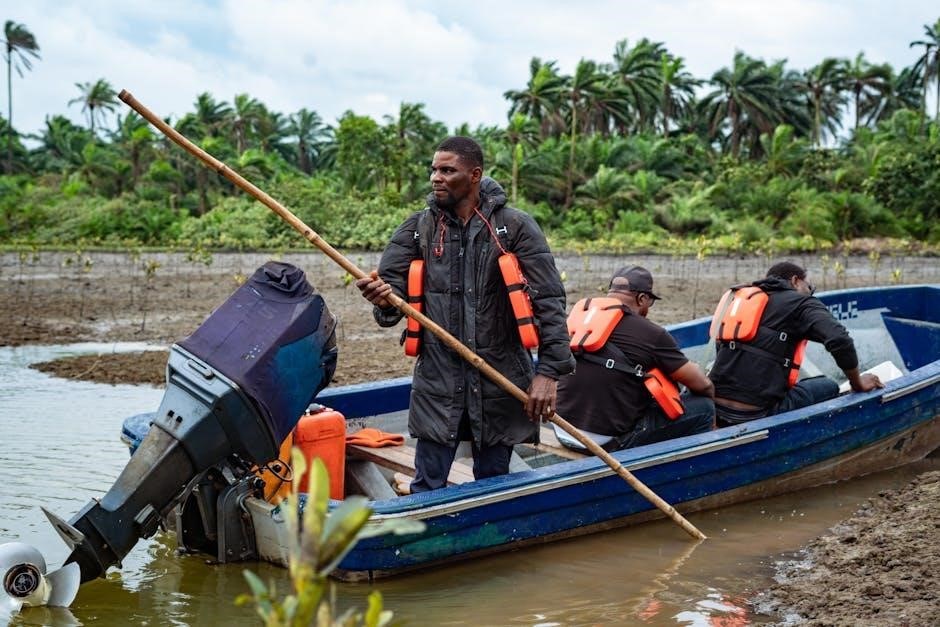
Tipping fishing guides is a meaningful way to express gratitude for their expertise and effort. Aim for 15% to 20% or $40-$60 daily to show appreciation for exceptional service.
9.1 Final Thoughts on Tipping Fishing Guides
Tipping fishing guides is a crucial aspect of the sport, reflecting appreciation for their dedication and expertise. Aim for 15% to 20% of the total cost or $40-$60 per day for lodge operations. Consistency throughout the trip is key, as guides often rely on these gratuities. Remember, tipping is a personal choice, but it significantly impacts their livelihood. By showing generosity, you not only acknowledge their hard work but also contribute to the sustainability of the fishing industry. Always consider the guide’s effort, the charter’s success, and any challenges faced during the trip when deciding the amount.
9.2 The Impact of Your Tip on the Guide
Your tip has a profound impact on fishing guides, as it directly supports their livelihood. Guides often rely on gratuities to supplement their income, making your generosity crucial. A tip not only acknowledges their hard work but also incentivizes exceptional service. For many guides, consistent tips ensure they can continue providing high-quality experiences. Additionally, a fair tip reflects the value you place on their expertise and the memories created during your trip. By tipping appropriately, you contribute to the sustainability of the fishing industry and help maintain the quality of guide services for future anglers.
